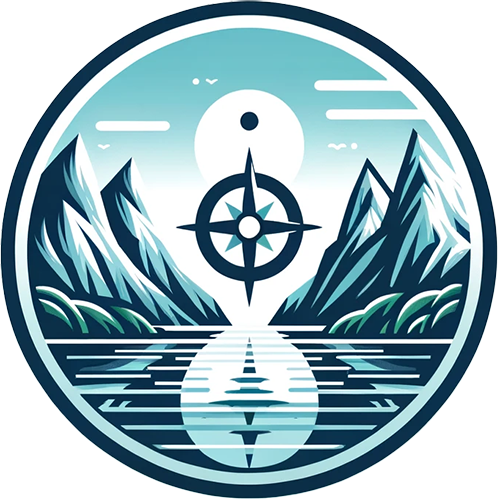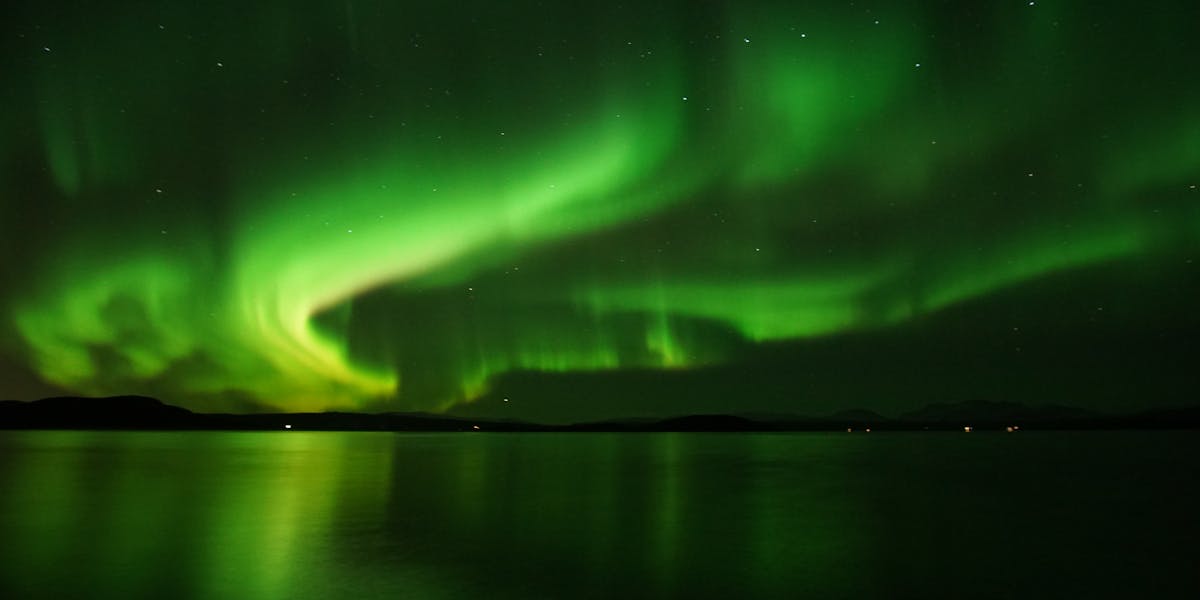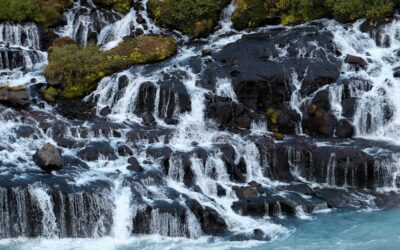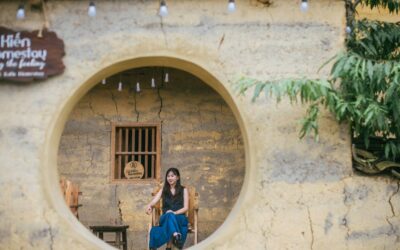Chasing the Northern Lights: Best Places and Tips for Seeing the Aurora Borealis in Iceland
The Northern Lights, or Aurora Borealis, are a natural phenomenon that has fascinated humanity for centuries. Iceland, with its remote landscapes and dark skies, is one of the best places in the world to witness this ethereal display of colours. From the sprawling wilderness of Thingvellir National Park to the untouched beauty of the Westfjords, Iceland offers numerous spots to catch a glimpse of this magical light show.
In this guide, we will explore the best times and locations for viewing the Northern Lights in Iceland, along with some essential tips to help you maximise your chances of witnessing this breathtaking phenomenon.
Understanding the Northern Lights
Before diving into where to see the Northern Lights, it’s helpful to understand what they are. The Aurora Borealis is caused by solar particles colliding with the Earth’s atmosphere, creating shimmering lights in the night sky. These lights typically appear as green, though they can also display shades of pink, red, purple, and blue depending on the intensity of the solar activity.
The Northern Lights are most visible near the poles, which is why Iceland is such a prime location. The key to seeing the lights is clear, dark skies and solar activity—two factors that are particularly favourable in Iceland during the winter months.
Best Time to See the Northern Lights in Iceland
The Northern Lights can be seen in Iceland from late September to early April, with peak viewing season typically falling between October and March. During this period, the nights are longest, and the skies are darkest, creating optimal conditions for viewing the Aurora.
While it is technically possible to see the Northern Lights outside of this period, the summer months in Iceland experience near-constant daylight, making it impossible to witness the display.
For the best chance of seeing the Northern Lights, plan your visit around a new moon. The absence of moonlight will make the sky darker, enhancing the visibility of the lights.
Best Places to See the Northern Lights in Iceland
Although the Northern Lights can appear anywhere in Iceland, some locations offer better visibility and more stunning backdrops than others. Here are some of the top places to chase the Aurora Borealis in Iceland:
1. Thingvellir National Park
Thingvellir National Park, a UNESCO World Heritage Site, is one of Iceland’s most famous natural landmarks. Located just a short drive from Reykjavik, it’s an ideal spot for both sightseeing during the day and chasing the Northern Lights at night.
The park’s expansive plains, dramatic rock formations, and clear, unobstructed views of the sky make it a popular spot for Aurora hunters. Thingvellir is also part of the Golden Circle, so you can combine your Northern Lights tour with visits to other attractions like Geysir and Gullfoss Waterfall.
2. The Westfjords
The Westfjords are one of Iceland’s most remote and unspoiled regions, offering some of the best conditions for viewing the Northern Lights. Far from the city lights and tourist crowds, the Westfjords provide a serene and pristine setting to experience the Aurora.
One of the top places in the Westfjords for Northern Lights viewing is Ísafjörður, a charming town surrounded by fjords and mountains. The nearby areas of Bolungarvík and Hólmavík also offer excellent vantage points for witnessing the lights.
The Westfjords are especially appealing for those who want to combine their Northern Lights hunt with other outdoor adventures. The region is home to stunning fjords, waterfalls, and wildlife, making it a perfect destination for nature lovers.
3. Reykjavik and Surrounding Areas
While the capital city of Reykjavik has more light pollution than other parts of Iceland, you can still catch a glimpse of the Northern Lights if the solar activity is strong. For the best viewing experience, head just outside the city to spots like Grótta Lighthouse on the Seltjarnarnes Peninsula, where the skies are darker, and you can enjoy an unobstructed view over the Atlantic Ocean.
Reykjavik also offers Northern Lights boat tours, which take you away from the city lights and into the darkness of the sea, providing a unique and peaceful way to witness the Aurora.
4. Jökulsárlón Glacier Lagoon
Jökulsárlón Glacier Lagoon, located in southeast Iceland, is a must-see destination for any visitor. The combination of floating icebergs, the reflection of the lagoon, and the dancing Northern Lights above creates one of the most surreal and magical experiences you can have in Iceland.
The nearby Diamond Beach, where icebergs wash ashore on the black sand, is another incredible spot to witness the Northern Lights. The ice formations reflect the lights, adding an extra layer of beauty to the scene.
5. Akureyri and Northern Iceland
Northern Iceland, particularly around Akureyri, the country’s second-largest city, offers excellent Northern Lights viewing opportunities. The area around Lake Mývatn is especially popular for Aurora hunters. The lake’s geothermal activity and volcanic landscapes provide a striking backdrop for the lights.
Akureyri itself is also a great base for Northern Lights tours, and the nearby countryside offers dark skies away from the city lights.
Tips for Seeing the Northern Lights in Iceland
Catching the Northern Lights requires a bit of luck, patience, and planning. Here are some tips to increase your chances of witnessing this natural spectacle:
1. Monitor the Aurora Forecast
There are several websites and apps that provide Aurora forecasts, such as the Icelandic Meteorological Office (Vedur.is). These forecasts show the likelihood of Northern Lights activity, rated on a scale from 0 to 9. A higher number indicates stronger solar activity and a better chance of seeing the lights.
Checking the weather forecast is also crucial, as clear skies are essential for viewing the Northern Lights.
2. Be Patient and Flexible
The Northern Lights are notoriously unpredictable, and there’s no guarantee you’ll see them on any given night. It’s important to be patient and flexible with your plans. If the lights don’t appear one night, try again the next.
Some travellers choose to book multiple nights in different locations to increase their chances of seeing the Aurora.
3. Head Away from Light Pollution
To maximise your viewing experience, you’ll need to escape the city lights and head to darker areas. Even in Reykjavik, you can find places like Grótta Lighthouse that offer darker skies. However, rural areas like Thingvellir, the Westfjords, or Jökulsárlón Glacier Lagoon are your best bet for truly dark skies.
4. Dress Warmly
Iceland’s winter nights can be extremely cold, especially when you’re standing still for long periods of time waiting for the Northern Lights to appear. Dress in layers, and make sure to wear a windproof and waterproof outer layer. Bring gloves, a hat, and insulated boots to keep warm.
5. Capture the Moment
If you want to photograph the Northern Lights, you’ll need a camera that allows for manual settings. Set your camera to a low ISO, a wide aperture, and a long exposure time (around 10-20 seconds). A tripod is essential to keep the camera steady during the long exposure.
Don’t forget to also take some time to simply enjoy the lights with your own eyes, without focusing too much on the camera.
Conclusion
Chasing the Northern Lights in Iceland is a magical experience that should be on every traveller’s bucket list. Whether you’re standing in the heart of Thingvellir National Park or watching the lights reflect off the icy waters of Jökulsárlón, witnessing the Aurora Borealis is an unforgettable moment.
By visiting during the right season, heading to the best locations, and following a few essential tips, you’ll be well on your way to seeing one of nature’s most stunning phenomena.





0 Comments